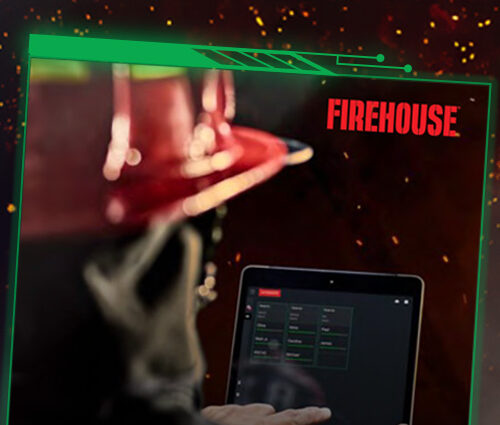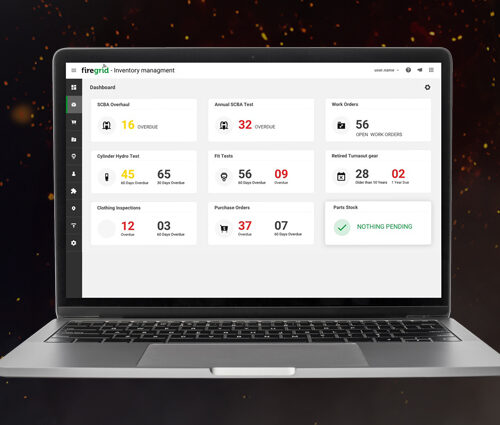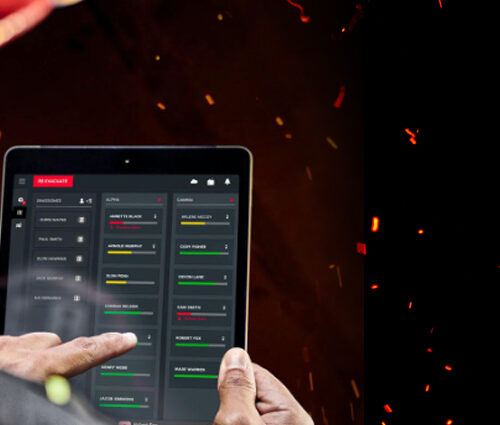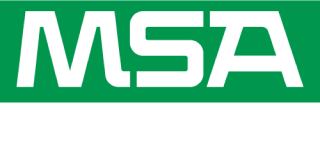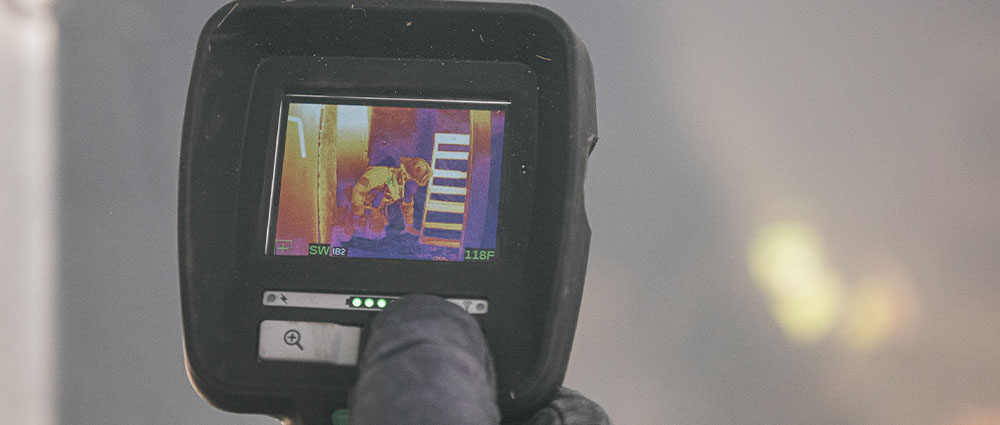
Structural firefighters and chief officers use handheld thermal imaging cameras in daily operations – from size up to overhaul.
Traditionally, fire personnel deploy TICs to:
- Do initial scene size-up for incident commanders
- Assist attack crews with locating the seat of the fire
- Check for “hot-spots” during salvage and overhaul operations
- Complete structural fire rescue operations to locate fire victims
There are also some non-traditional ways to incorporate TICs into operations, such as hazmat incidents, search and rescue, and motor vehicle crashes.
Hazmat Operations
A handheld TIC can be an invaluable tool during hazmat operations – it can assist first responders in locating hazardous materials that have been spilled or those escaping from secured containers.
TICs can track chemical or other types of spills as well as measure the levels of products within containers. For example, a hazmat technician with the help of a TIC can better understand chemical storage levels and stability; thermal stability or the instability of spilled materials; or any ignition risks based on increased temperatures.
TICs can also be used to identify different temperatures between a spilled material versus groundwater, so the contaminated area can be measured and tracked.
Motor Vehicle Accident Responses
Firefighters responding to a motor vehicle accident utilize handheld TICs to determine the extent of the hazardous materials on the scene, spot heat sources to find any victims who may be injured, and size up the scope of the accident.
Without spotlights, a TIC lets first responders check the vehicle for potential fire and search areas that are difficult to get to. A vehicle can be quickly scanned to determine hazards. Heat signatures on the seats can be tracked to see how many victims may be involved and whether to search for a child or an adult who may have been inside during the accident.
Occupants in a car may have been thrown from a vehicle or cannot be found nearby. The TIC can seek out heat sources when first responders use it to scan woods and wetlands along a highway. It also can be used to locate victims during low-visibility conditions like heavy fog or snowstorms.


